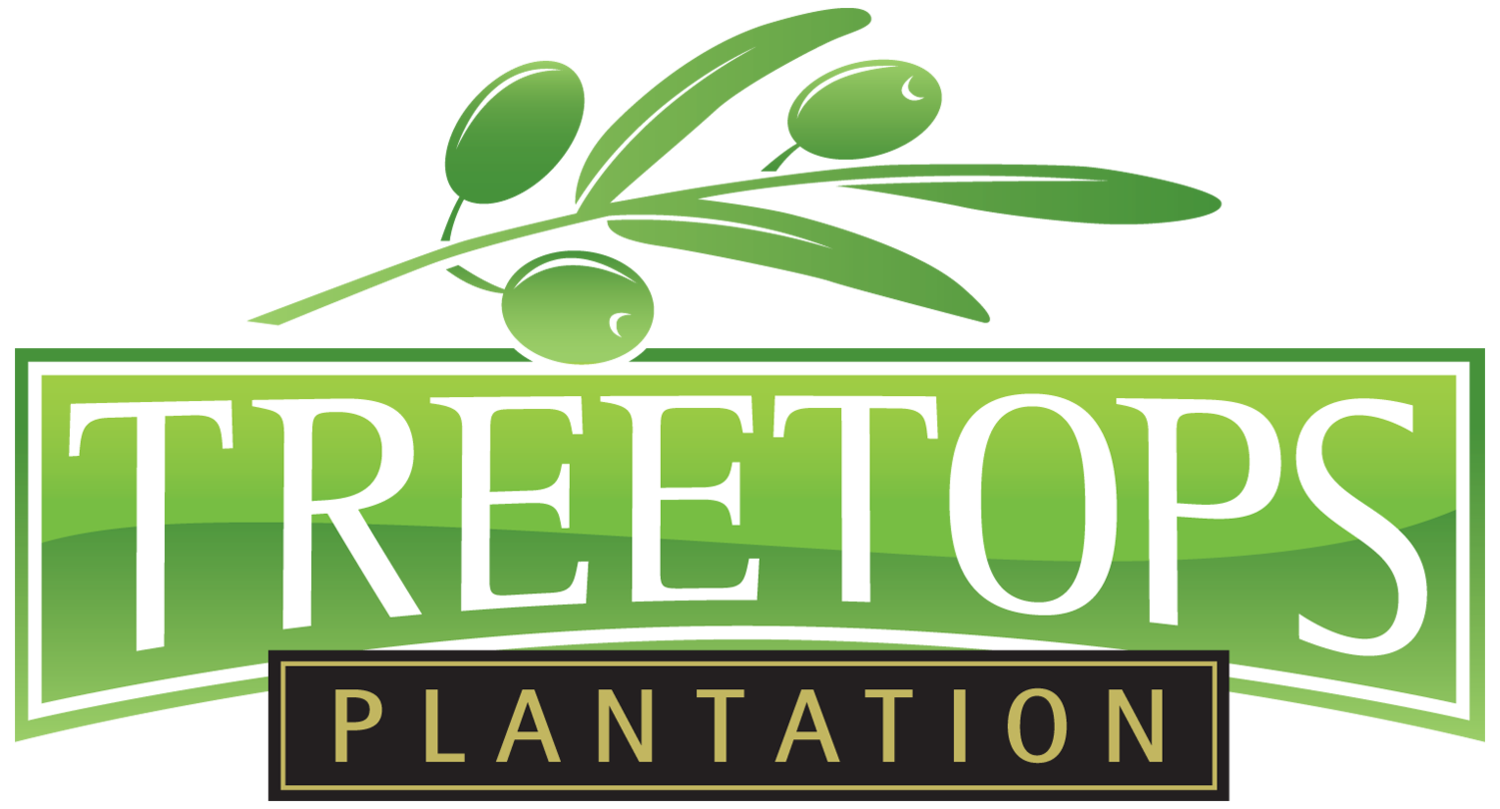Olive farming in Australia dates back to the early 1800's most probably with its beginnings in New South Wales. Historians believe that the many ships arriving on our shores carried olive trees most of which were planted mainly in South Australia and Victoria. In the 1830's South Australia began to lead the local olive industry importing thousands of trees from France, Sicily and Rio de Janeiro. According to Dr Michael Burr, by 1875 there were over 3,000 trees in the Adelaide parklands and over time, local olive oil company, Stonyfell won Gold Medals in 1911 for oil they exported to Italy. Groves continued to expand until the 1920's when suburban housing took over the land and spread over nearby borders and to Dookie, Sunbury, Wangaratte and Horsham.
Irrigated trees and processing equipment was established in 1956 in Robinvale, however in the 1970's when Mediterranean labour and production costs plummeted, and olive products were being imported at unbeatably low prices, the majority of trees were uprooted.
Western Australia was also building a local olive industry reportedly from early 1860, with an impressive reputation of it's olive oil. In fact, in 1908, WA's Norcia Monastery's oil won silver at the prestigious Franco-British Exhibition.
Perth's Parliament House has some very old olive trees located in its front garden - believed to be the oldest in Australia.
Sunny Queensland was no exception, with a large amount of trees being planted in the Brisbane city area. There is an interesting historical journal Cultural Industries for Queensland published in 1883, which gives us insight into the motivation behind local growers.
"I think that in our early operations we shall do well to plant those kinds which have been proved by the nearest of our neighbours - Camden Park, the estate of the late Sir William Macarthur, the nearest locality to Brisbane where the olive has been grown to an extent sufficient for the manufacture of oil and for testing different varieties of the tree who have grown olives to be early and abundant bearers. The olive fruited well on the coast near Brisbane and gives good promise on the Darling Downs."
Post-war immigrants saw the wonderful opportunity in Australia to purchase large pockets of well-priced land with an ideal climate to grow olives. Unfortunately for them, olive oil produced in those pioneering days didn't have a market other than for medicine and received very low prices.
Now that olive oil is recognised for it's health benefits, Australian grown and processed olives and oil play a key role in our diets and enjoy immense popularity.
Sources: Australian Olive Gower, 1997














